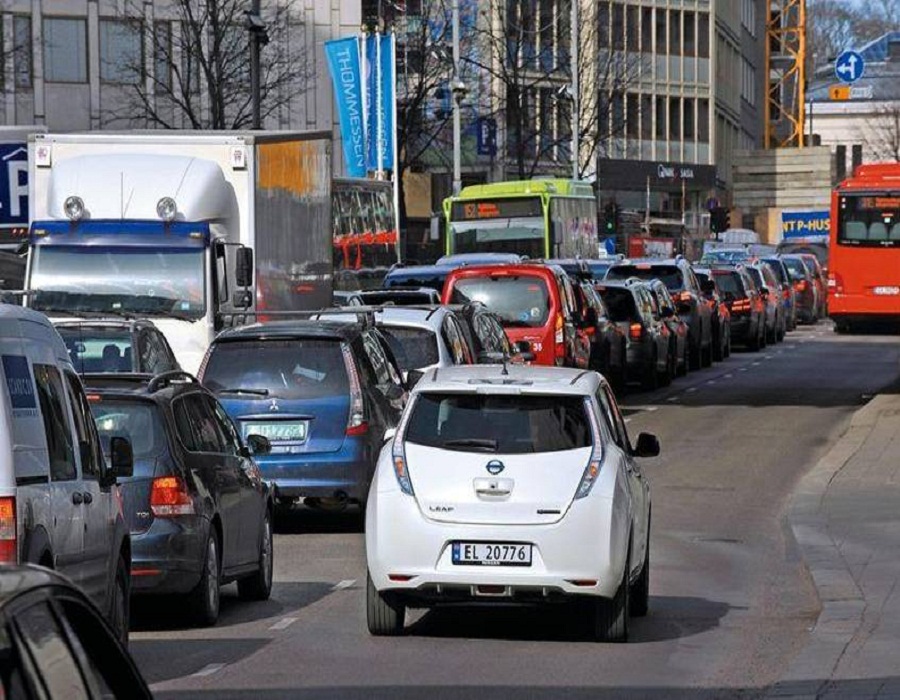
To avoid imminent driving ban in Dusseldorf , first environmental traces are to be established. E-cars are then likely to pass by together with buses, taxis and cyclists at the Verbrenner traffic jam.
The city and the NRW Ministry of the Environment and the district government want to avoid diesel driving bans with the establishment of environmental traces and a new clean air plan . Currently in Dusseldorf, the German environmental aid (DUH) fights in front of the Higher Administrative Court for the enforcement of driving bans . End of 2015 still failed environmental traces in nearby Aachen . The then speaker of the city and today’s speaker by Mayor Marcel Philipp , Axel CostardHowever, explained: “The use of the bus lanes by e-cars from the point of view of the administration is out of the question.” The reason: By releasing the bus lanes for electric vehicles, the inhibition threshold may decline to use this also with conventional cars.
The federal capital of North Rhine-Westphalia , which is located about 80 kilometers northeast of Aachen , would like to set up several environmental traces in the next few months that can only be used by buses, cyclists, e-cars and taxis. The decision is the result of a special session of the City Council’s Ordnungs- und Verkehrsausschuss with District Representatives 1 and 3. The first streets are already known: Merowingerstraße and Prinz-Georg-Straße (initially for one year). Another large track across the city center from Werstener Kreuz to Kaiserstraße is being tested. Whether carpooling may also use these tracks is still unclear.
Bus lane + E-cars = environmental track
What the establishment of environmental traces is to bring about, is clear: The possession of electric cars would be attractive by such advantages, more electric cars, so the calculus, bring less exhaust fumes and thus better air in the city. However, the shot could also backfire, because less traffic will probably not give it. Since the cities along the Rhine and Ruhr have no room for another lane in their centers, a complete traffic lane would have to be withdrawn from conventional combustion traffic. Then the non-E cars, which are still in the foreseeable future in the majority, surely would stagnate so heavily that the Schauchstoffausstoß would probably rise sharply. In some cases, the environmental trackby simply renaming a bus lane emerge (as expected on the Merowingerstraße). This does not mean less traffic, especially not in the short term (the new clean air plan will come into effect on 1 February.
Other ideas of the city fathers sound more purposeful, such as the creation of Park & Ride car parks or the docking prohibition for ships that produce their on-board power in the port with the marine diesel. Instead, moored ships should be land-fed with electricity.

